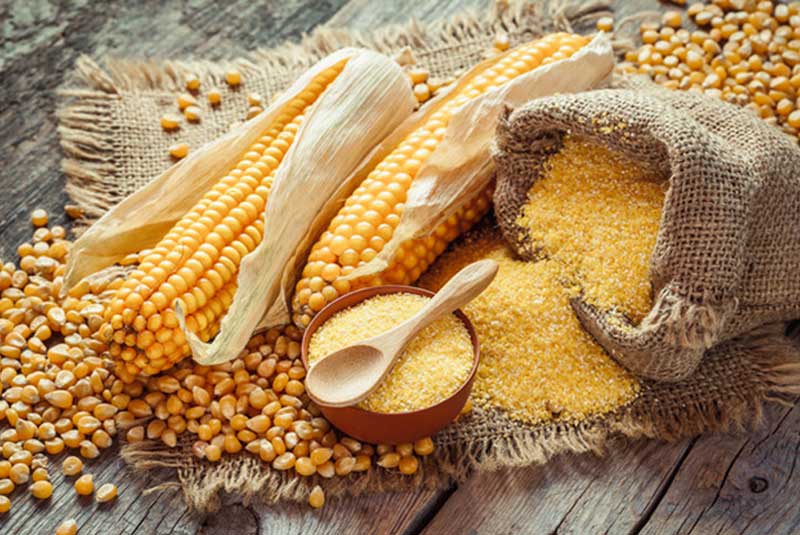Corn futures are a vital financial instrument traded on the Chicago Board of Trade (CBOT), facilitating price discovery and risk management for one of the world’s most important agricultural commodities. Corn not only serves as a staple food in many diets globally but is also a key ingredient in animal feed, biofuel production, and a myriad of industrial applications. Here, we will explore the nuances of trading corn futures, including contract specifications, factors influencing price movements, major global production areas, and the strategic importance of these futures contracts for farmers.
Contract Specifications
Each corn futures contract represents 5,000 bushels of corn, and the price is quoted in cents per bushel. These contracts are available for trading in several months, providing flexibility for a range of trading strategies and hedging opportunities. The standardized nature of these contracts ensures liquidity and enables participants to manage price risk effectively.
Factors Influencing Corn Futures Prices
Several factors can influence the price of corn and, by extension, corn futures. These include:
- Weather Conditions: Weather plays a pivotal role in the agricultural sector, especially for crops like corn that are sensitive to climate conditions. Droughts, floods, and unexpected temperature shifts can significantly impact corn yields. For instance, hot, dry weather during the pollination stage can severely reduce output, leading to higher prices due to anticipated supply shortages.
- Planting and Harvest Seasons: The timing of planting and the condition of the crop at harvest also affect prices. Delays in planting due to wet weather can shorten the growing season, reducing yield. Conversely, optimal weather conditions that allow for timely planting and ideal growing conditions can lead to expectations of a good harvest, potentially lowering prices.
- Crop Production Reports: The U.S. Department of Agriculture (USDA) and other organizations release periodic reports estimating crop yields, harvested acres, and stock levels. These reports can lead to significant price volatility in corn futures as traders adjust their positions based on the latest data.
- Global Demand: Demand for corn, particularly from the biofuel industry and as feedstock, influences prices. Increases in ethanol production, for instance, can drive up corn prices, as corn is a primary ingredient in ethanol fuel in the United States.
Global Growing Areas and Top Producers
Corn is grown on every continent except Antarctica, but production is concentrated in certain regions known for their agricultural output:
- United States: The U.S. is the leading producer of corn globally, with the Corn Belt (including states like Iowa, Illinois, Nebraska, and Minnesota) being particularly prolific due to its fertile soil and favorable climate.
- China: As the second-largest producer, China grows a significant amount of corn, primarily for domestic consumption, supporting its massive livestock sector.
- Brazil and Argentina: Both countries are important players in the global corn market, with their crop cycles counter to those in the Northern Hemisphere, providing crucial supply during different times of the year.
- European Union: France, Romania, and Hungary are among the top corn-producing countries in the EU, contributing significantly to the region’s agricultural output.
Importance of Corn Futures for Farmers
Corn futures contracts are essential tools for farmers for several reasons:
Price Risk Management: Farmers use corn futures to hedge against the risk of price fluctuations. By locking in prices for future crop deliveries, they can stabilize revenue despite market volatility, ensuring that they cover production costs and maintain profitability.
Financial Planning: With the ability to predict cash flows more accurately, farmers can make informed decisions about investments, expansions, and operational costs.
Market Insights: Engaging in futures trading can provide farmers with insights into market trends and potential price movements, aiding in strategic planning and competitive positioning.
Planting Seasons Around the World
Corn planting and harvesting seasons vary globally, influencing the timing of market movements and futures trading:
United States: Planting typically begins in April and continues through June, with harvesting from October to November.
Brazil: In Brazil, corn is planted in two cycles, the first from September to December and the second from January to March, taking advantage of different climatic conditions to maximize yield.
Argentina: Planting occurs from September to December, with harvests from March to June.
India: Corn planting coincides with the onset of the monsoon season in June, with harvesting from September to October.
Trading corn futures is a complex activity that requires an understanding of both the physical aspects of corn production and the economic factors affecting global markets. For farmers, these contracts are not merely financial instruments but are integral to managing the uncertainties inherent in agriculture. For traders, understanding the global dynamics of corn production, including the varied planting seasons and the impact of climatic conditions, is crucial for successful trading strategies. As the global demand for corn grows, driven by its diverse uses, the role of corn futures in the financial and agricultural sectors will only increase, highlighting their importance in global commodity markets.
Ready to start trading futures? Call US 1(800)454-9572 – Int’l (310)859-9572 email info@cannontrading.com and speak to one of our experienced, Series-3 licensed futures brokers and start your futures trading journey with E-Futures.com today.
Disclaimer – Trading Futures, Options on Futures, and retail off-exchange foreign currency transactions involves substantial risk of loss and is not suitable for all investors. Past performance is not indicative of future results. You should carefully consider whether trading is suitable for you in light of your circumstances, knowledge, and financial resources. You may lose all or more of your initial investment. Opinions, market data, and recommendations are subject to change at any time.
Important: Trading commodity futures and options involves a substantial risk of loss. The recommendations contained in this writing are of opinion only and do not guarantee any profits. This writing is for educational purposes. Past performances are not necessarily indicative of future results.
**This article has been generated with the help of AI Technology. It has been modified from the original draft for accuracy and compliance.
***@cannontrading on all socials.





